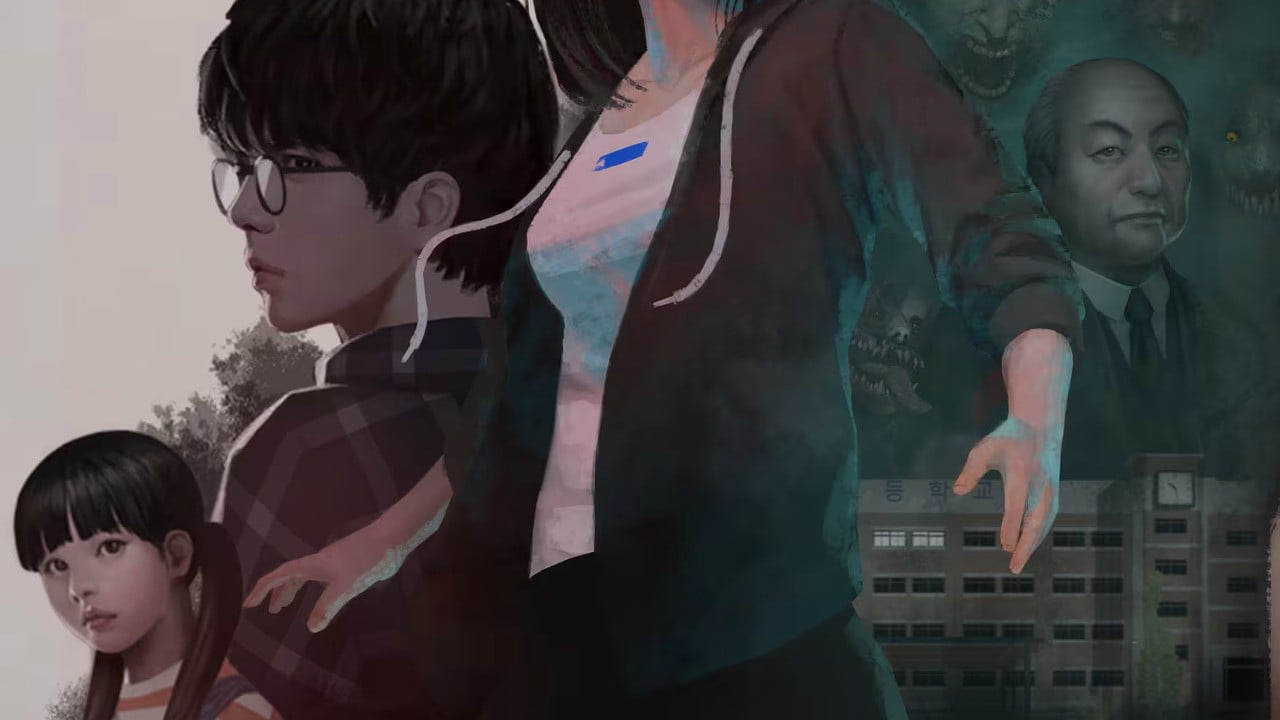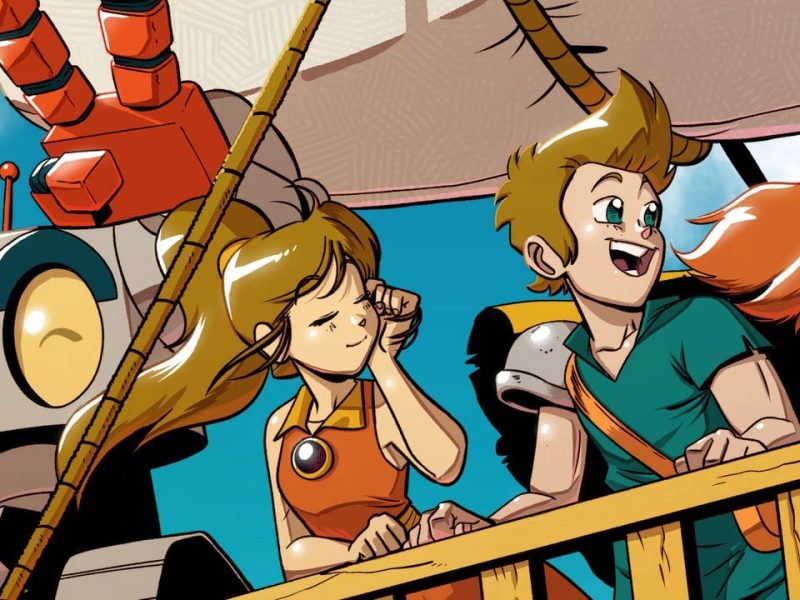In White Day 2: The Flower That Tells Lies, you step into the shoes of Korean high-schoolers as they investigate the cause of a fire. The puzzles are challenging and the web of mystery surrounding everything is intriguing, but a lack of direction and several technical issues make the game more frustrating than scary.
There are three stories to choose from that each offer a different perspective on the events of the game. In all of them, you venture through the school solving puzzles, avoiding enemies, and collecting clues so you can piece together what happened.
There are also numerous endings to see based on decisions you make during your playthrough. There are plenty of documents, books, photos, and other items to collect that delve into the story of this game and its 2001 predecessor, White Day: A Labyrinth Named School.
The aesthetic evokes a PS2 style, which is welcome as it leaves a lot to the imagination, but the English voice acting is subpar. Fortunately, the Korean dub makes up for its shortcomings.
The puzzles are cerebral and require some actual thought to complete. One involves figuring out the code to a locked door by investigating the Chinese characters scratched into the back of police evidence markers. It’s refreshing to see a game challenge players by not simply hiding a code to find, but making them piece it together themselves.
There are also some thrilling chase sequences that help to change the tempo of the game, as well as sections where you’ll explore a large part of the school while being stalked by an enemy: a police officer, a ghost, or something even scarier.
Unfortunately, it’s often in these sections where the game falters. Movement is slow to make you feel vulnerable, but clues are spread so far and wide that you can often feel directionless and grow frustrated as you wander the dark hallways of the school while you search.
Add to this some clunky transitions between gameplay and interactions, texture pop-in, and frame rate drops, and the spooky atmosphere crafted through brilliant sound design is stripped away.


